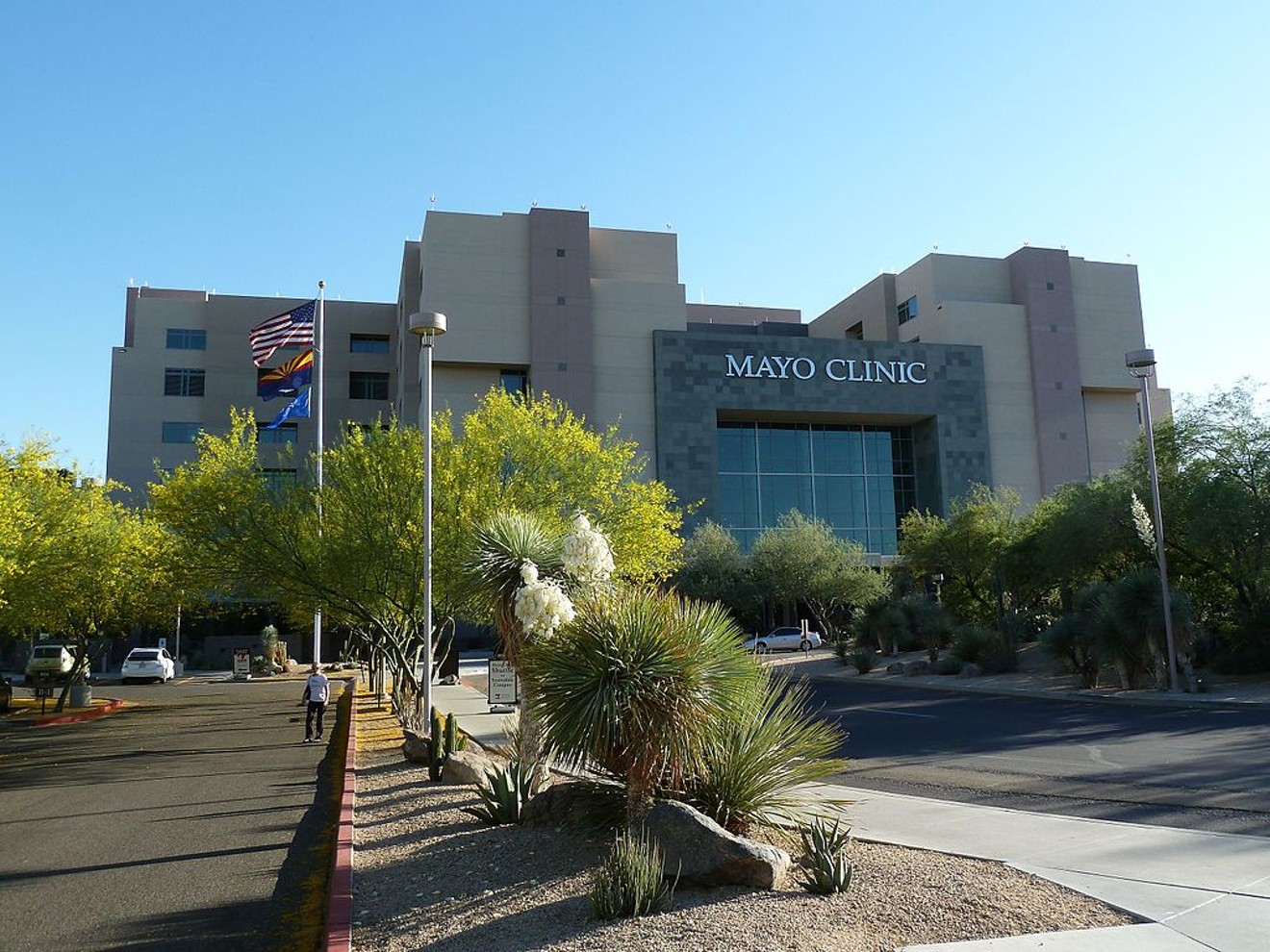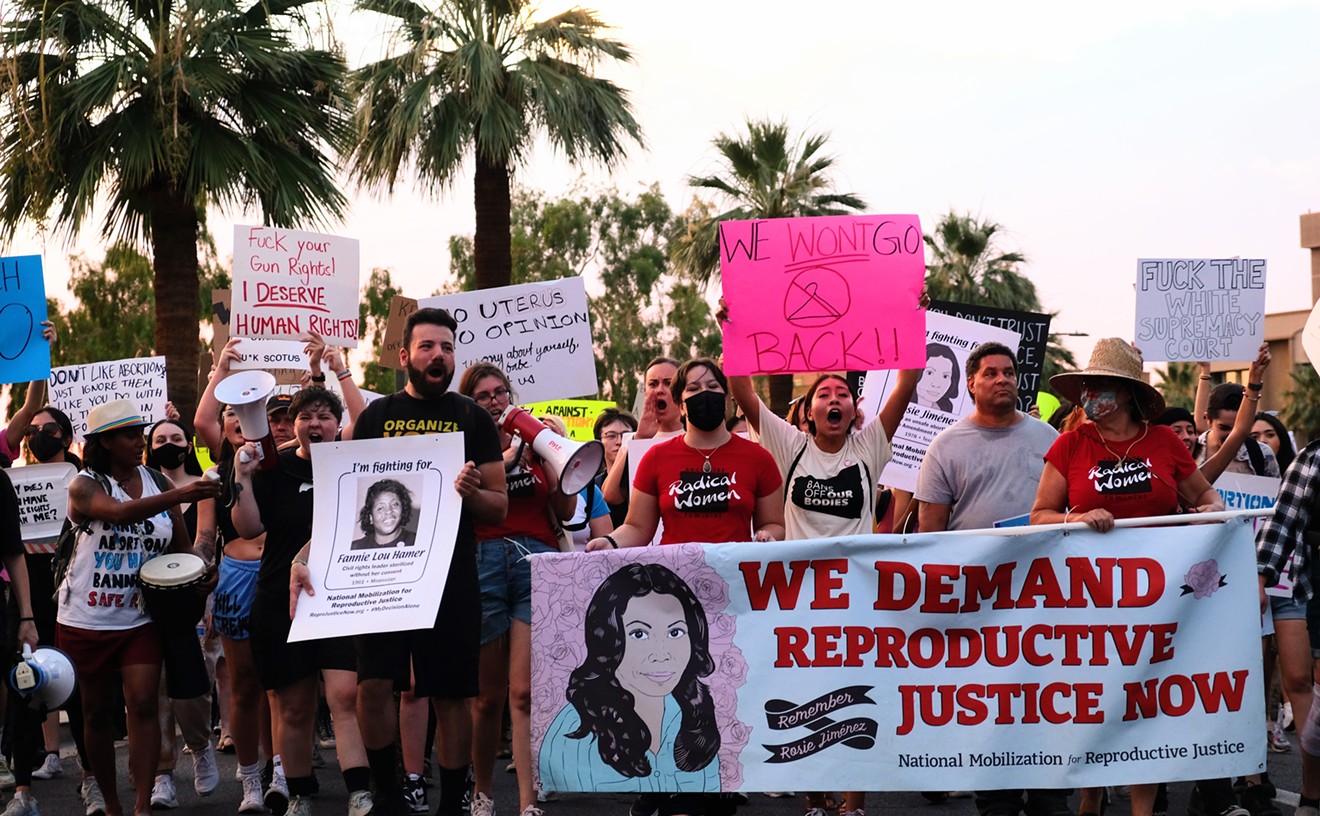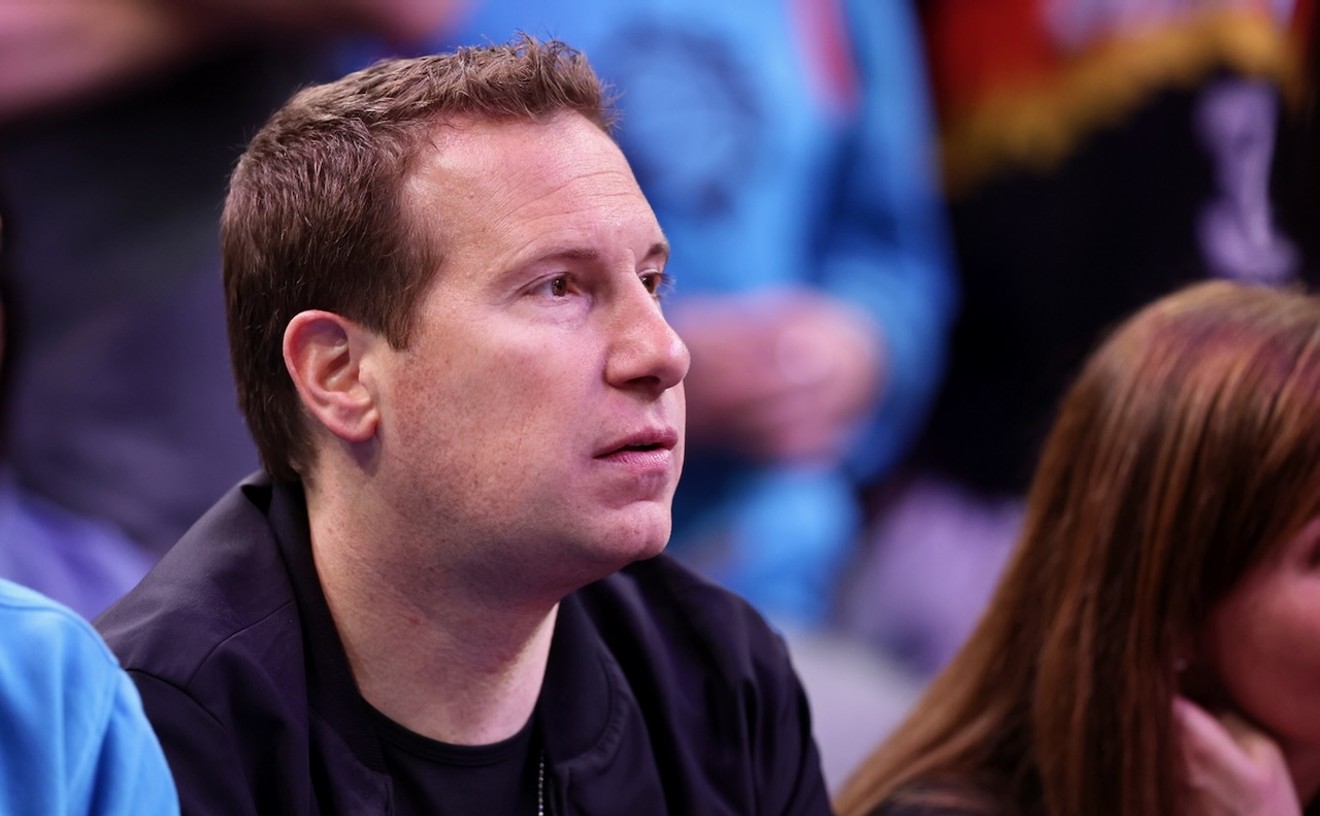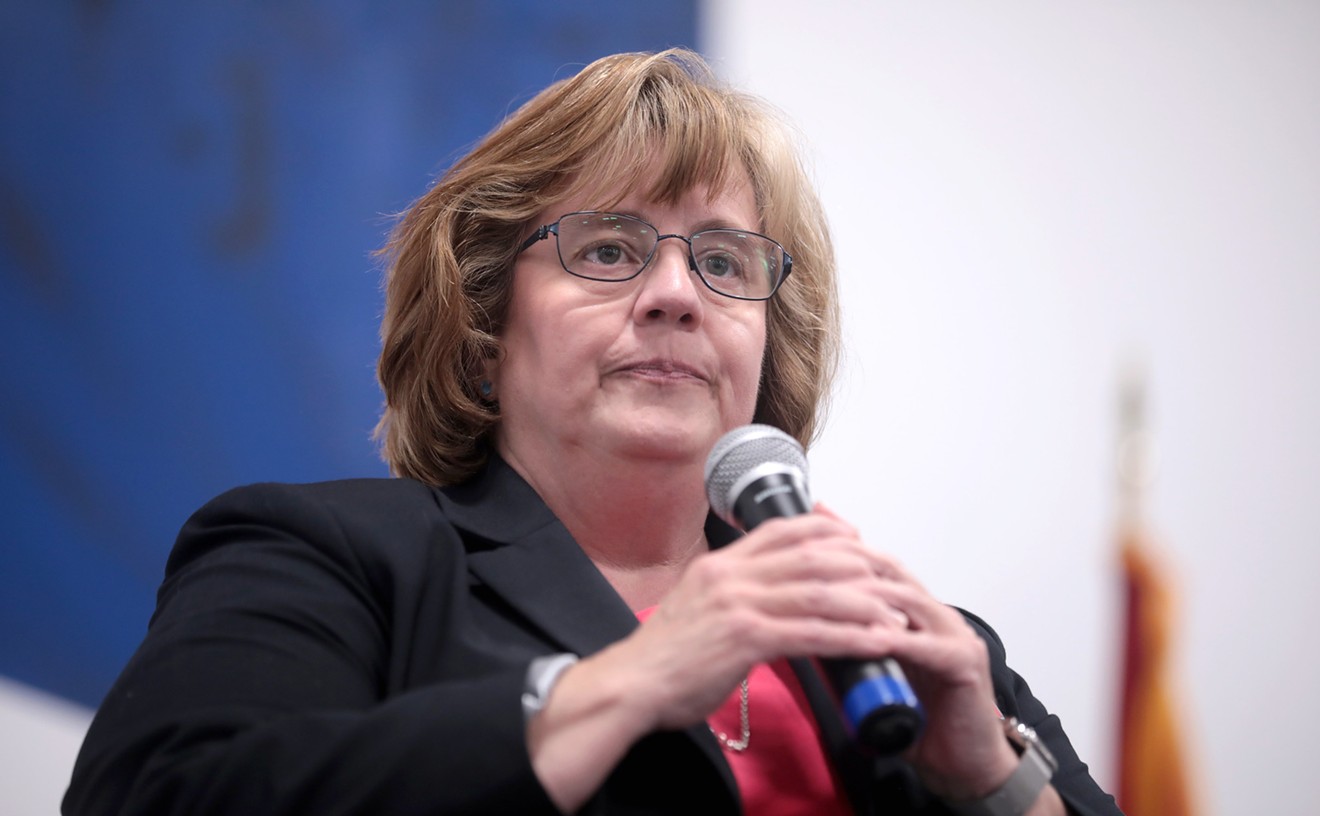Arizona added new 10,322 cases to its count on Monday. While case rates remain high, the Arizona Department of Health Services attributed the record spike to a backlog in reporting that built up over the holiday weekend. With the updated data, last Monday had the highest number of positive tests of any day in the pandemic, with 5,574 tested that day eventually coming back positive. Before the new data was added, Arizona was averaging 3,499 new cases a day, but the backfilled data have bumped that to a record 4,324 new cases a day — the highest average of daily cases since the pandemic began.
Holiday travel is expected to cause a dramatic rise in cases in the coming weeks. The Centers for Disease Control and Prevention recommended canceling travel plans, but video showed people crowding into Phoenix Sky Harbor International Airport the Friday before Thanksgiving. Across the United States, only around 40 percent as many people passed through TSA checkpoints on the Sunday following Thanksgiving — the busiest Thanksgiving travel day — as last year. However, more than 1,176,000 people did travel on Sunday, the most to travel since March.
Even before the holiday travel surge, Arizona was doing worse than expected, according to Arizona State University modeling released last week. On November 10, the modeling team came up with predictions for the number of people expected to be hospitalized in the coming months, both if infection rates stayed steady and if they got 15 percent worse. As of today, the number of people hospitalized has surpassed the "15 percent worse" mark. "We are now rising faster than their kind of worst-case scenario from two weeks ago," Joshua LaBaer, executive director of ASU's Biodesign Institute told the media last Wednesday.
The modeling shows that Intensive Care Unit usage may surpass capacity as soon as a week from now. As of Monday, 89 percent of ICU beds were occupied statewide, leaving just 189 available. While over half of the beds are in use by patients recovering from surgery and emergencies, just over a third of total beds are being used by COVID-19 patients — and that proportion has been steadily increasing. LaBaer cautioned that while beds are available statewide, some hospitals in certain areas will reach their capacity. State data shows that over 500 patients were transferred between hospitals in November using the state's "surge line," more than twice as many as October. The "surge line" allows hospitals to redistribute patients to where there are open hospital beds.
LaBaer said COVID-19 patients tend to be hospitalized for longer stays and that even establishing "surge" facilities will only help so much if there isn't enough medical personnel to staff the beds The state has allocated additional funding to support adequate staffing levels, but LaBaer and other experts have said Arizona may have difficulty finding people to hire as other states deal with their own outbreaks.
Based on the ASU modeling, members of the University of Arizona's modeling team sent a letter to the Arizona Department of Health Services last week calling for a three-week lockdown accompanied by emergency relief. "If a shelter-in-place order were put in place today, we could hold the limit of new cases below 6200 cases/day which is twice the current rate," the team members wrote (emphasis theirs). The letter was obtained by ABC15 (KNKX-TV).
COVID-19 Modeling Team members urge government leaders to order Arizonans to shelter-in-place until Dec. 22 to avoid health catastrophe. Team members from UA sent this letter to @AZDHS Friday. @abc15 @Garrett_Archer @NicoleSGrigg @drcarachrist @dougducey pic.twitter.com/o9aYOnmNCv
— Melissa Blasius (@MelissaBlasius) November 28, 2020
Governor Doug Ducey has not announced any new measures to address the ongoing crisis. He met with Senator-Elect Mark Kelly last Monday to discuss the response to COVID-19, among other issues, and held a phone call with business owners to discuss COVID-19 in advance of Black Friday, but did not hold a public briefing. Like others, Kelly pushed Ducey to establish a statewide mask mandate.
Tucson Mayor Regina Romero has called a special meeting of the city council today to consider emergency measures, including a curfew, to control the spread of COVID-19. The proposed ordinance also calls on the governor to take action.
The city of Phoenix decided to continue with a massive soccer tournament that brought 500 youth teams to city facilities over the holiday weekend. The city-approved plan was blasted by public health experts and United States Senator Kyrsten Sinema. LaBaer said that Maricopa County contact tracers had seen a number of COVID-19 clusters associated with youth sporting events in recent weeks. Also driving cases have been multi-family gatherings.
As school districts grapple with how to offer educational services as cases rise, the Scottsdale Unified School District had to close five schools on Monday due to a lack of staffing. Here's a list of which local school districts are doing in-person learning after Thanksgiving and which are online.
The wife of Bruce Springsteen's guitarist believes she was banned from a Scottsdale restaurant after voicing concerns about COVID-19 precautions involving staff in the spring. In May, Texas workers at the company that runs Houston's said they were prohibited from wearing masks at work.
If you want to get tested for COVID-19, you can find locations statewide here. ASU is offering unlimited, free, quick-turnaround COVID-19 testing at drive-thru sites across the state. You can sign-up here with the code SALIVATEST.












